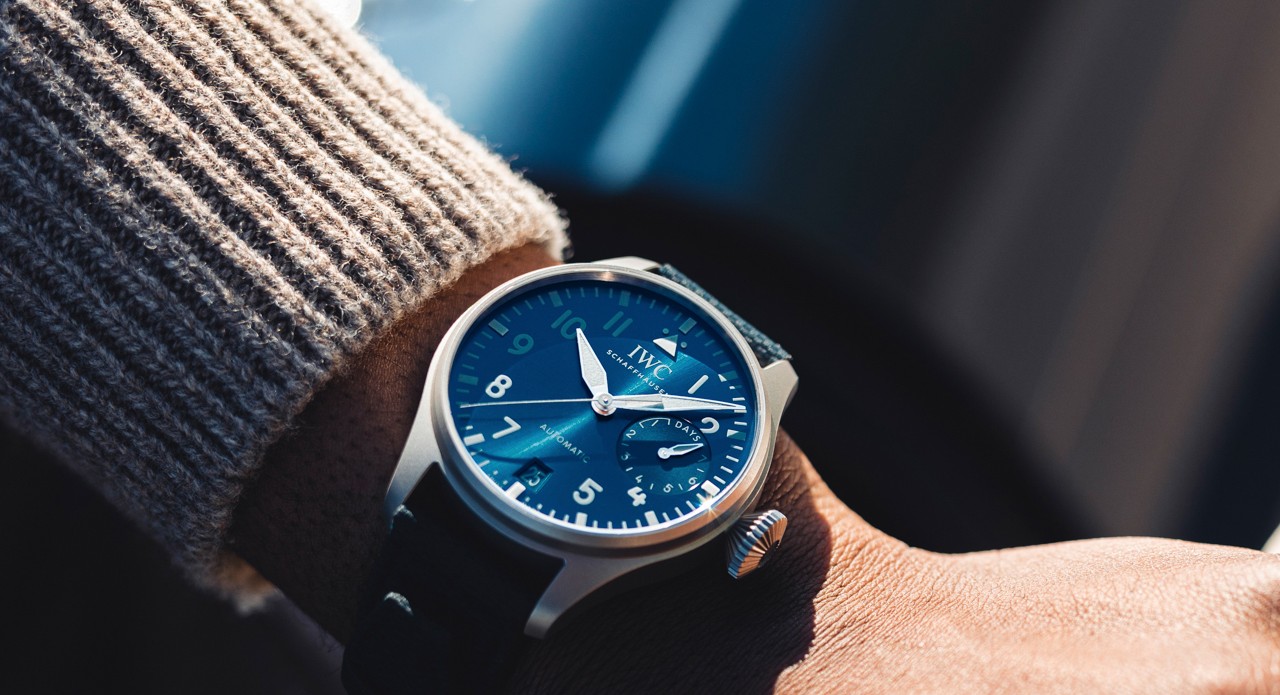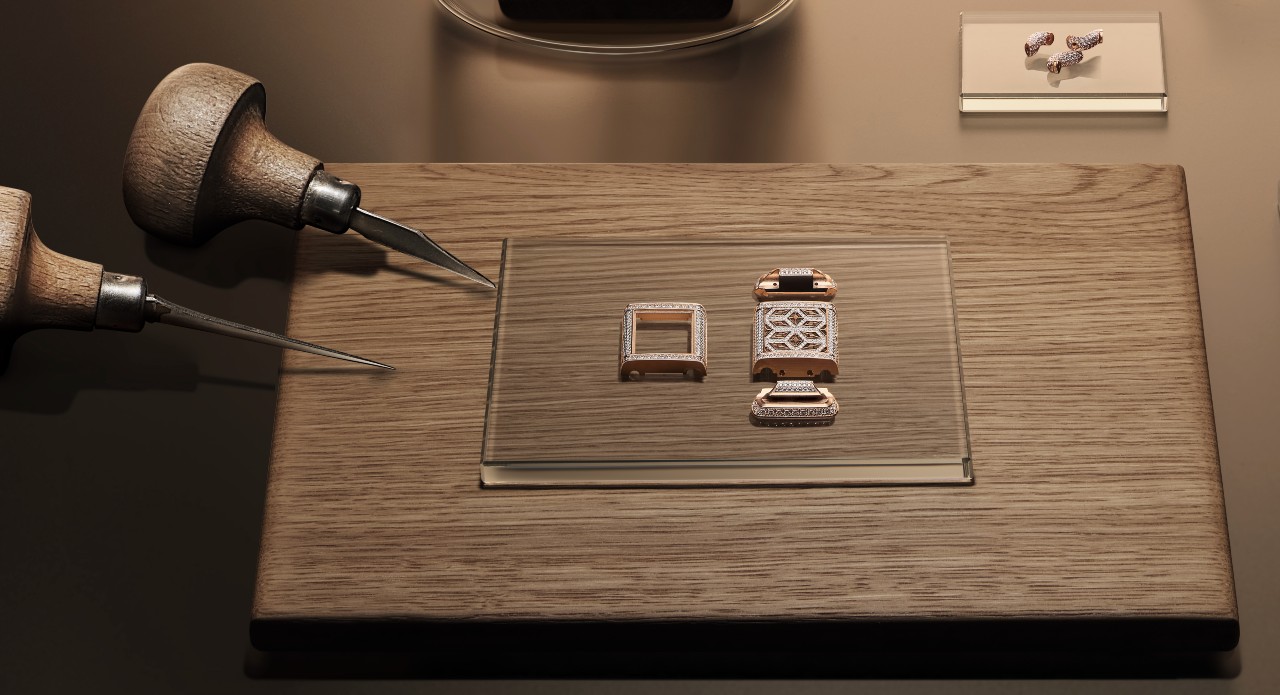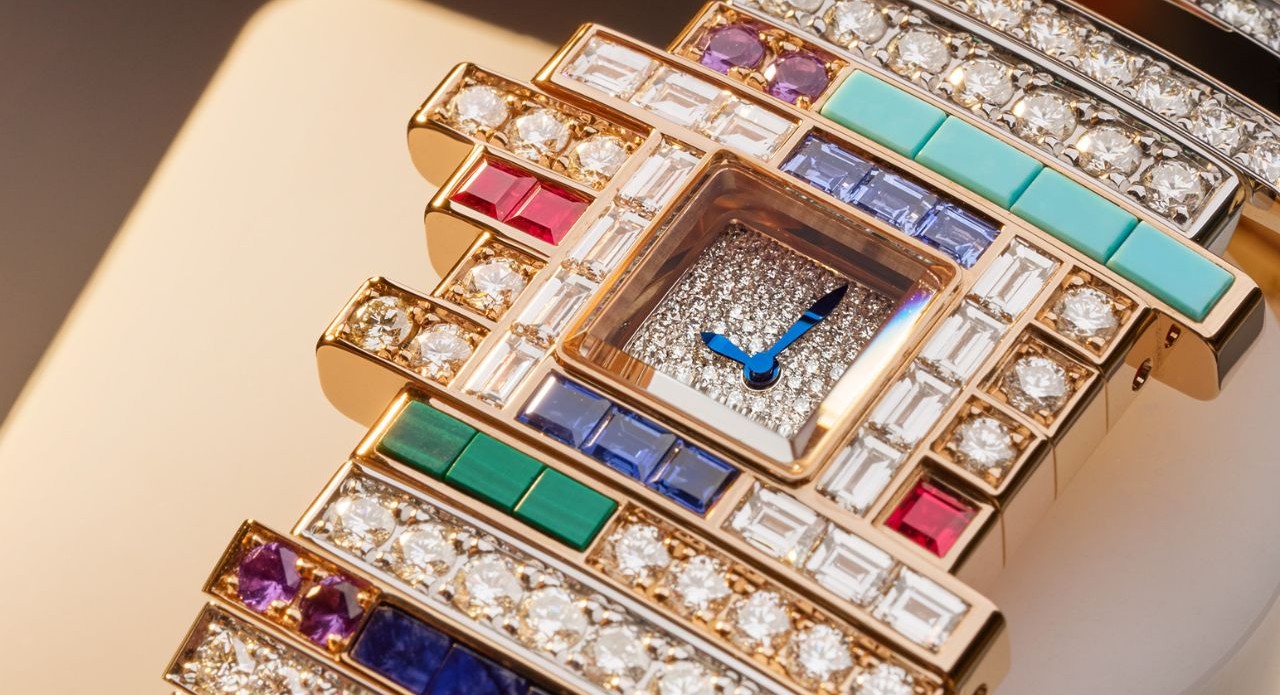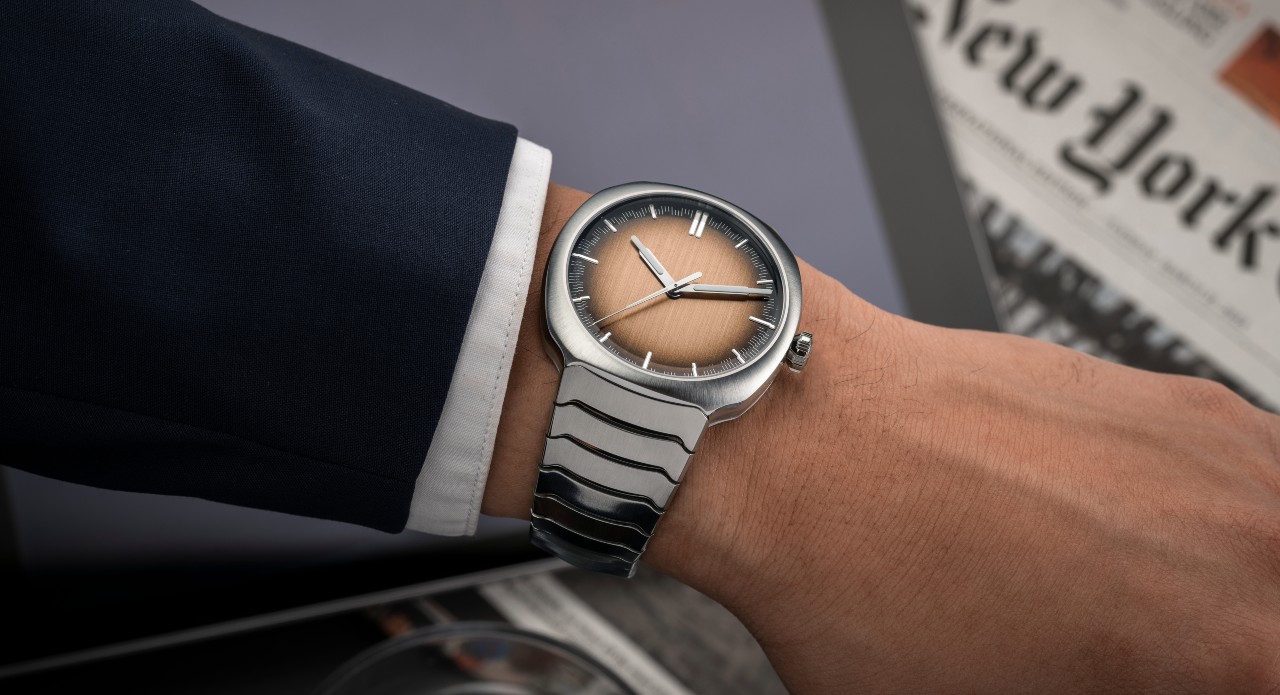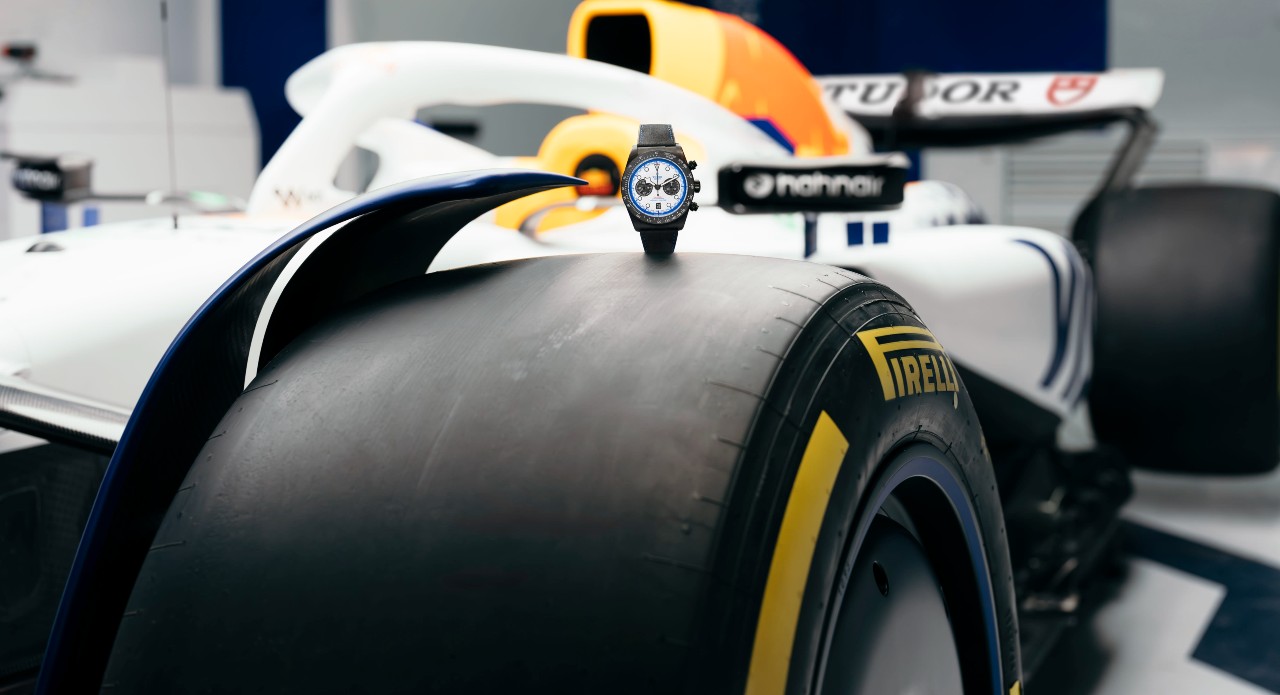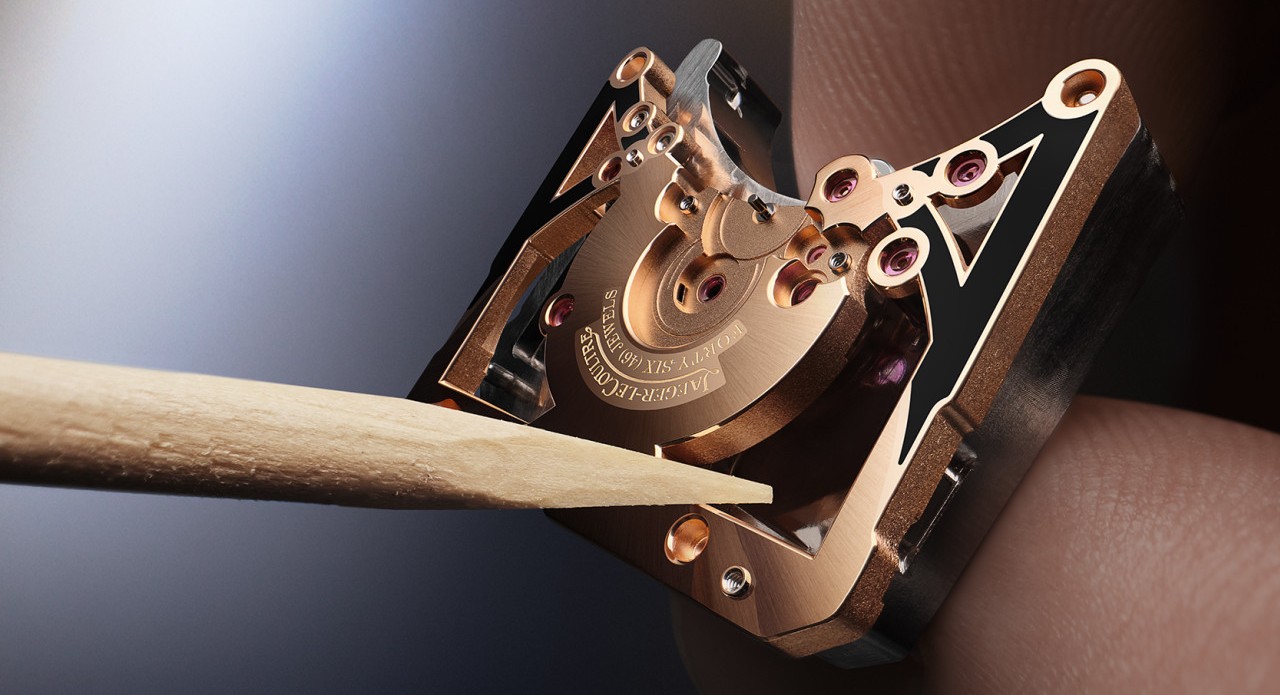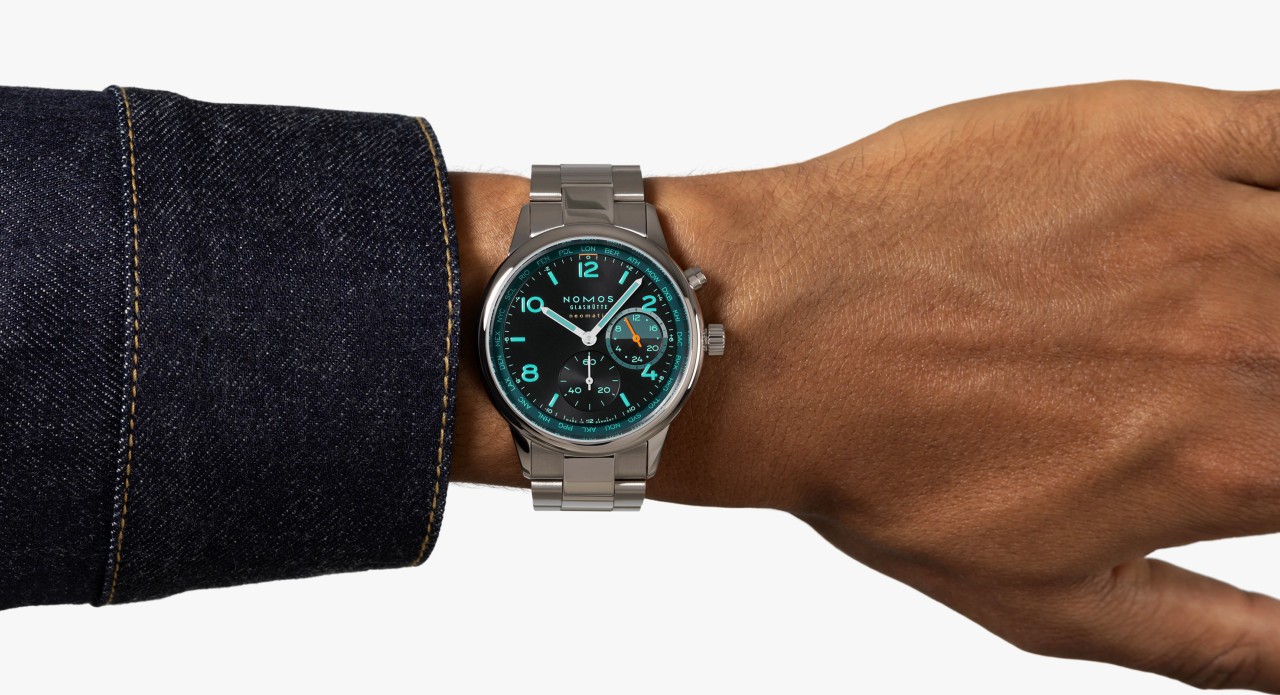In the grand orchestra of horology, every complication gets its moment in the spotlight like the tourbillon twirls, the chronograph races, and the perpetual calendar performs with aristocratic poise. But quietly holding it all together, often overlooked yet utterly essential, is the power reserve, the quiet cornerstone of mechanical timekeeping. It’s the watch’s measure of stamina, a poetic gauge that tells you not what time it is, but how long time will keep moving once you stop. And while it doesn’t dazzle with visible theatrics, it defines the very soul of a mechanical watch; endurance wrapped in precision. Think of it as the watch’s heartbeat monitor, its silent pulse tracker. Whether displayed through a graceful arc on the dial or subtly hidden within the movement, it represents balance between energy spent and energy stored, between motion and rest.

From Function to Philosophy
In the early days of watchmaking, power reserve wasn’t a luxury; it was a necessity. Sailors, soldiers, and scientists needed timepieces that would keep running for long stretches without intervention. The power reserve indicator was often a simple arc on the dial, offered reassurance that their precision instrument wouldn’t stop mid-mission.
Today, it’s more of a design and storytelling element. It tells collectors about the efficiency of the movement, the brand’s engineering prowess, and even the philosophy behind the watch. A manual-wind watch with a 7-day reserve, for instance, speaks of mechanical purity and craftsmanship, while an automatic watch with a 70-hour reserve reflects modern innovation and convenience.
Why It Still Counts

So why does power reserve matter when your smartwatch can last a day and your phone tells the time anyway? Because for collectors, mechanical watches are living machines, and are powered not by lithium but by ingenuity. Power reserve represents autonomy, endurance, and mechanical harmony.
A longer power reserve doesn’t just mean convenience; it often signals superior engineering. Achieving it requires optimizing energy transfer, reducing friction, and using advanced materials like silicon escapements or double barrels. Brands such as Panerai, IWC, and A. Lange & Söhne have turned it into an art form especially with models that last anywhere from 5 to 10 days on a single wind. Take the A. Lange & Söhne Lange 31, with its record-breaking 31-day reserve. That’s not just a feat of mechanics; it’s a declaration of horological ambition. Likewise, the IWC Big Pilot is famed for its 7-day reserve, and Panerai’s Luminor 8 Days pays homage to the brand’s military diving heritage.
